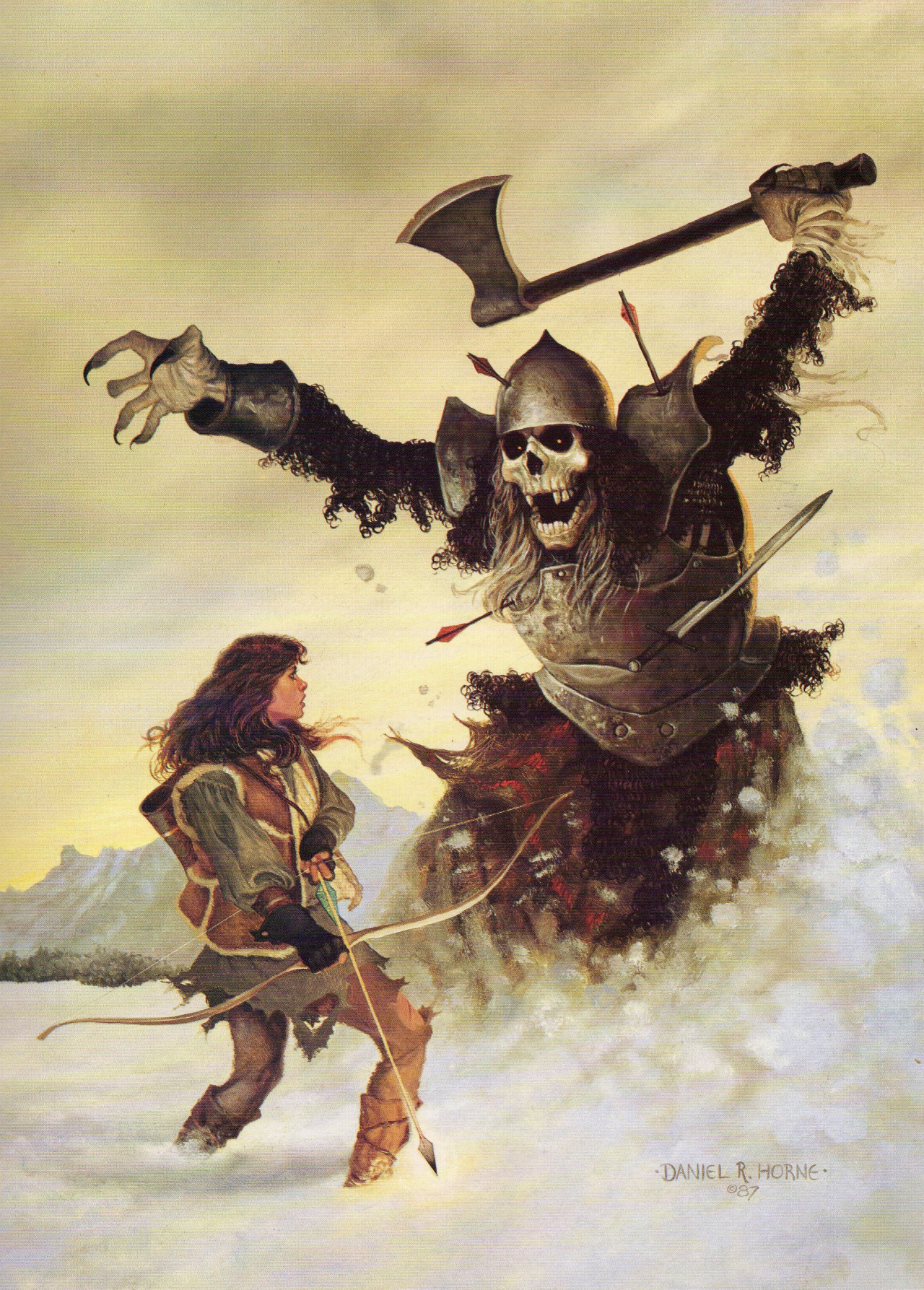Or at least, definitely shouldn't steal it for Legacy of the Bieth. I'm shooting to have a certain theme and atmosphere in my setting, where things are washed out and sun-blasted and Sergio Leone cinematography, even in the Zone itself. The fancy peacock outfits of the Imperials and other city slickers wilt and fade in the borderlands. Life means little, death sometimes has its price.
| Once Upon a Time in the West |
The same thing applies with the 40K stuff I'm working on. I need to get the right balance between the weird and grotty John Blanche of the early days
| "Jaq Draco" - John Blanche "Ryan, be careful what you shoot at. Shome things in here don't react too well to bolter shells." |
...with the slick fancy Adrian Smith stuff
| "Eisenhorn" - Adrian Smith "I am a badass despite the fact that I am also ludicrously microcephalic." |
And the question there is going to determine how I reshape everything. I know I want to have something that embraces a lot of the universe and setting assumptions of early 40K, but I know that I want something of the slickness and baroque tomfoolery that goes along with Dark Heresy and the Abnettquisition works. Early 40K fits in really well with Traveller (at least the STARSLUGS Traveller I've been playing recently), but it's an Abnettquisition premise that I've been noodling at for about two years that's got me started on the conversion process in the first place.
None of this is dealing with players, mind you. They're going to keep engaging in their ridiculous-awesome plots and crazy shenanigans and not giving a crap about my fretting over themes. As well they should.
Joesky Note: Dark Heresy weapons and armor would be a pain in the ass to convert into Traveller's regular combat system. Thankfully, the alternate combat system that Sun-Lord Chris posted over at Hill Cantons actually allows for really rapid conversion. The penetration and armor values from Dark Heresy can come over into Traveller almost directly (with a few tweaks to account for Traveller's baseline weapons assumptions).
(Yeah, this isn't a full tax. Shut up, I'll do more later.)









